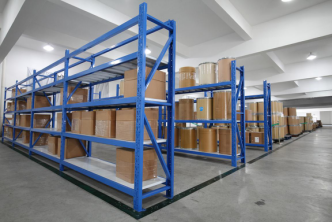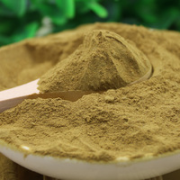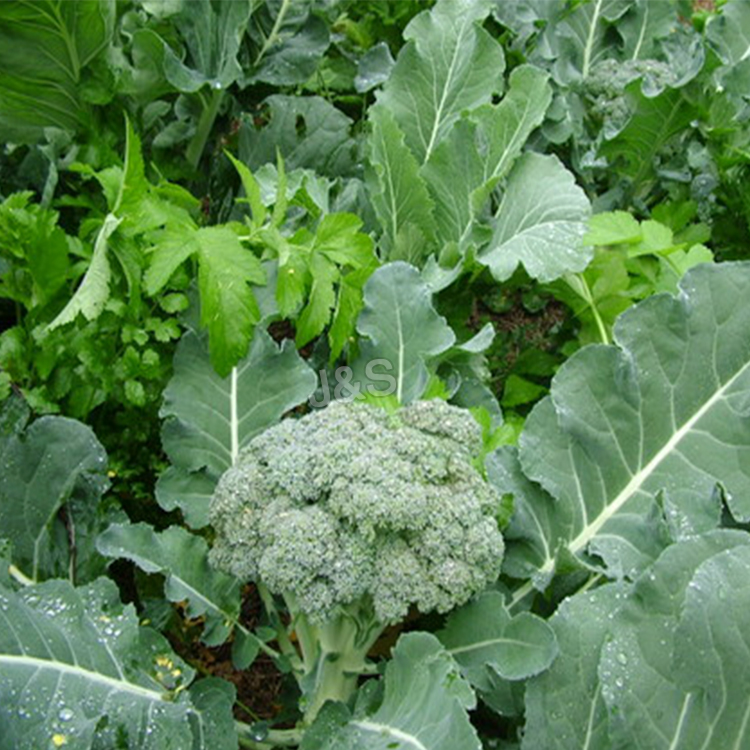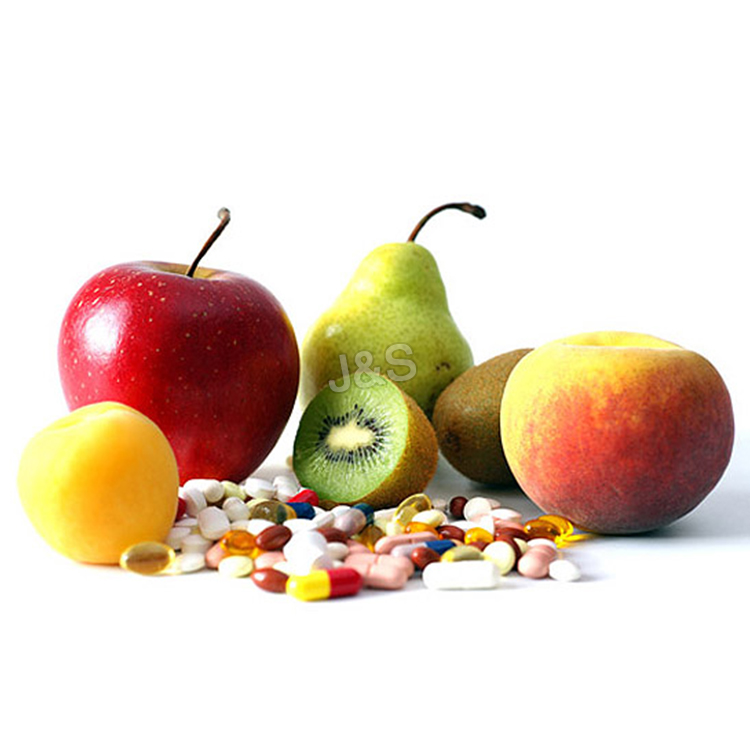China Manufacturer for Organic Propolis powder Factory from Israel
China Manufacturer for Organic Propolis powder Factory from Israel Detail:
[Products Name] Propolis powder, Propolis extract powder
[Specification]
Propolis content 60%,70%,80%
Water-soluble propolis powder 60%,70%,80%
[Gerneral feature]
1. Low antibiotics
2. Low PAHs, can approve to 76/769/EEC/German:LMBG;
3.Organic certified by ECOCERT, according to EOS & NOP organic standard;
4.Pure natural propolis;
5.High content of flavones;
6.Anti-block;
7. Manufacturer supply.
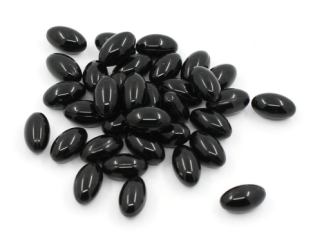

[Packaging]
1. 5kg/aluminum foil bag, 25kgs/carton.
[How to get it]
First, we collect raw propolis from beehives, then extract by low temperature with ethanol. Filter and concentrate, we get the pure propolis block at 98%. Then Low temperature crushing, adding edible and medicinal excipients, finally we get propolis powder.
[Introduction]
Propolis comes from the substance like natural resin, which is collected by the bees from exudates of plants branches and bud the chemical substances of Propolis are found to be various, such as beeswax, resin, incense lipids, aromatic oil, fat-soluble oils, pollen and other organic matter. Studies have shown that the source of propolis resin in material has three types: bees collected plants secreted fluid, secretion in vivo metabolism of bee, and involvement in the process of forming the material.
We can supply Propolis Extract with food-grade and medicine-grade .The raw materiall is came from non-polluting food grade propolis .Propolis extract was made of high-grade propolis. It maintains the propolis effective ingredients during the procedure of extraction under constant low temperature , taking off the useless substances and sterilization.
[Function]
Propolis is a natural product processed by bees mixed with glutinous and its secretion.
Propolis contains more than 20 kinds of useful flavonoids, rich vitamins, enzymes, amino acids and other microelements, etc. Propolis is called “purple gold” owing to its valued nutrients.
Propolis can remove free radical, lower blood sugar and blood fat, soften blood vessels, improve micro-circulation, enhance immunity, anti-bacteria and anti-cancer.
Product detail pictures:

Related Product Guide:
The really abundant projects management experiences and 1 to just one provider model make the high importance of business enterprise communication and our easy understanding of your expectations for China Manufacturer for Organic Propolis powder Factory from Israel , The product will supply to all over the world, such as: Liverpool, Jamaica, Barbados, All of our products comply with international quality standards and are greatly appreciated in a variety of markets around the world. If you are interested in any of our products or would like to discuss a custom order, please feel free to contact us. We are looking forward to forming successful business relationships with new clients in the near future.
Root beer is a carbonated, sweetened beverage, originally made using the root of the sassafras tree, or its bark, as the primary flavor. Root beer, popularized in North America, comes in two forms: alcoholic and soft drink. The historical root beer was analogous to small beer in that the process provided a drink with a very low alcohol content. Although roots are used as the source of many soft drinks throughout the world, often different names are used.
This video is targeted to blind users.
Attribution:
Article text available under CC-BY-SA
Creative Commons image source in video
https://www.iitutor.com
Changes in temperature in the natural environment of plants affect both their functioning and their growth. Maintenance of a relatively stable internal environment is just as important for plant metabolism as it is for animals. Plants respond to changes in light, water availability and temperature, all of which are linked, since heat is often associated with light (for example, the radiant energy of sunlight). Most plants have a growth season and life cycle that follow the seasonal temperature variations of their environment. Low availability of water may also be associated with very cold temperatures, since frozen water (ice and snow) is not available for use by plants. Temperatures above 40°C may cause damage to proteins and those above 75°C to chlorophyll pigment within the plant. Since plants cannot move into the shade- they tend to have stronger physiological and structural adaptations. Reflective leaf surfaces that reduce the amount of radiation absorbed can help keep a plant cool in hot conditions. Leaves may be light or silvery coloured, or have waxy or shiny surfaces. Evaporative cooling – loss of water via transpiration (stomata opening) in order to evaporate and have a cooling effect on the plant. This decreases internal temperature, however if water is not readily available this can kill the plant. Hot areas are often dry, compromising evaporative cooling—a plant needs to strike a fine balance between the risks of excess water loss during cooling versus heat build-up during water conservation. Wilting – some plants can wilt during the day instead, which decreases surface area of flowers/leaves to the sun. If water is readily available, this is temporary. If water not available, this can lead to the death of the plant. For example, roses. Leaf orientation – Plants change the orientation of their leaves to decrease the surface area exposed to the sun at the hottest part of the day. Most eucalypts hang vertically to reduce their exposure to the hot sun. Plants responding to excessive temperature like fires, may die, (especially non woody plants), however they leave dormant seeds, with thick protective seed coats. Seed dispersal in some Australian plants is stimulated by the extreme heat of fire. Banksia, Hakea and some Eucalyptus plants bear fruits with hard woody cases that are not dropped from the parent plant. The heat of a fire stimulates the fruits to open, and the seeds are released. Some of these seeds need fire as a trigger to germinate (begin to grow a seedling). Or some plants may die above ground leaving roots, rhizomes, bulbs or tubers to survive underground. When favourable conditions return, these sprout. Leaf fall in Summer. Eucalypts are evergreen trees that drop some of their leaves during the dry season in hot climates to reduce the surface area exposed to absorb heat. This also reduces the risk of losing too much water by transpiration. Temperature is one factor that controls developmental changes in a plant’s life cycle, from germination through to flowering and seed dispersal. In Australia, too high a temperature during flower formation produces a poor wheat crop, because pollen formation is very temperature-sensitive. Leaf fall in autumn (deciduous trees)
Many trees lose their leaves during autumn and the cold winter months when resources (for example the sun and water) are not as readily available. It allows them to survive not only the extremely low temperatures, but also the water shortages and lower availability of sunlight. For example, the beech tree found in Tasmania. Organic anti-freeze – Normally, in cold conditions, water between cells freezes first posing the greatest risk of damage for plants. Some plants that live in extremely cold conditions produce anti-freeze substance that reduces the temperature at which the cytoplasm or cell sap freezes. Frost during periods of new growth may damage plants, but many plants have leaves that are frost-tolerant. For example, after frost the leaves of camellias appear semi-transparent, but on thawing return to normal. Plants may alter their growth rate, active plant growth can occur within the range 5°C-45°C or in tropical areas, growth may cease below 15°C. Vernalisation some plants flower in response to low temperatures for example, tulip bulbs must be exposed to between 6 weeks and 3 months of intense cold before they will flower. Australian gardeners often mimic this effect by removing tulip bulbs from the ground in winter and storing them in the refrigerator, before replanting them in spring, to ensure that they will flower. Plants must also maintain a relatively stable internal environment. Since plants cannot move – they tend to have stronger physiological and structural adaptations. For heat some adaptations include wilting and dropping leaves. For cold some include: frost tolerance and being deciduous.
This enterprise in the industry is strong and competitive, advancing with the times and develop sustainable, we are very pleased to have a opportunity to cooperate!
